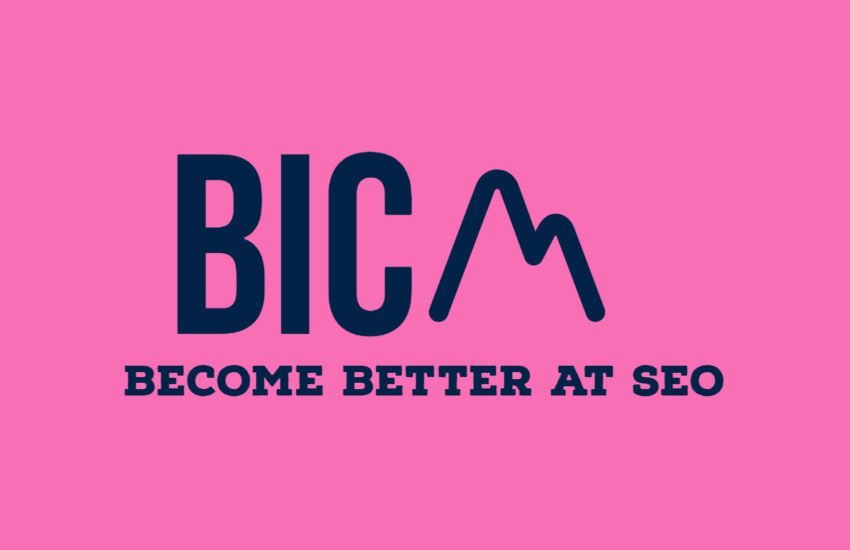Why is User Intent Important for Blog Traffic?
When it comes to online marketing, understanding user intent is crucial for success. User intent refers to the underlying motivation or purpose behind a user’s search query or online behavior.
By understanding what users are looking for and why, businesses can tailor their marketing strategies to meet their target audience’s needs effectively.
- Why is User Intent Important for Blog Traffic?
- 1. Understanding Audience Needs
- 2. Enhanced Relevance
- 3. Better Engagement
- 4. Improved SEO Performance
- 5. Targeted Keyword Optimization
- 6. Content Personalization
- 7. Competitive Advantage
- 8. Higher Conversion Rates
- 9. Long-Term Sustainability
- 10. Data-Driven Decision Making
- 11. Enhanced User Experience
- 12. Improved Search Engine Rankings
- 13. Targeted Advertising
- Types of User Intent
- How to Determine User Intent
- Conclusion
Why is User Intent Important for Blog Traffic?
User intent is crucial for driving blog traffic because it directly influences the effectiveness of your content in meeting the needs and expectations of your audience.
Understanding user intent allows you to tailor your content to align with what users are searching for, ultimately increasing the likelihood of attracting relevant traffic to your blog.
1. Understanding Audience Needs
User intent provides insight into what your audience is looking for when they conduct a search. By grasping their intent, you can create content that addresses their specific questions, concerns, or interests.
2. Enhanced Relevance
Aligning your content with user intent ensures that your blog posts are relevant to what users are seeking. This relevance improves the chances of your content appearing in search results, driving organic traffic to your blog.
3. Better Engagement
When your content meets user intent, it is more likely to resonate with your audience, leading to higher engagement metrics such as longer time spent on page, lower bounce rates, and increased social shares.
4. Improved SEO Performance
Search engines prioritize content that matches user intent. By optimizing your blog posts for user intent, you can improve your SEO performance and increase your visibility in search engine results pages (SERPs).
5. Targeted Keyword Optimization
Understanding user intent allows you to identify and target relevant keywords effectively. By incorporating these keywords naturally into your content, you can improve your blog’s visibility for specific search queries.
6. Content Personalization
Tailoring your content to user intent enables you to personalize the user experience, providing visitors with the information they are seeking and fostering a stronger connection with your brand.
7. Competitive Advantage
By consistently delivering content that aligns with user intent, you can differentiate your blog from competitors and position yourself as a trusted source of information within your niche.
8. Higher Conversion Rates
When your content addresses user intent effectively, it can lead to higher conversion rates as you are providing visitors with the information or solutions they are actively seeking.
When businesses align their marketing efforts with user intent, they can deliver the right message to the right audience at the right time.
This increases the likelihood of converting website visitors into paying customers. By catering to user intent, businesses can optimize their conversion rates and ultimately drive more revenue.
9. Long-Term Sustainability
Creating content based on user intent helps build a sustainable audience base. By consistently meeting user needs and expectations, you can establish trust and loyalty, leading to repeat visits and sustained traffic growth.
10. Data-Driven Decision Making
Analyzing user intent data provides valuable insights that can inform your content strategy and overall marketing efforts.
By understanding what users are searching for, you can make informed decisions about the type of content to create and how to optimize it for maximum impact.
11. Enhanced User Experience
By understanding user intent, businesses can create a more personalized and relevant user experience.
When users find what they are looking for quickly and easily, they are more likely to stay on a website, engage with its content, and convert into customers. This can lead to increased customer satisfaction and loyalty.
12. Improved Search Engine Rankings
Search engines, like Google, strive to provide the most relevant and useful results to their users. Understanding user intent allows businesses to create content that aligns with what users are searching for.
By optimizing their website for user intent, businesses can improve their search engine rankings, increase organic traffic, and gain a competitive edge over their competitors.
13. Targeted Advertising
User intent plays a crucial role in targeted advertising. By understanding the motivations and desires of their target audience, businesses can create more effective ad campaigns.
This leads to higher click-through rates, improved ad relevance, and better return on investment (ROI) for advertising efforts.
Types of User Intent
1. Informational Intent
Users with informational intent are seeking answers to specific questions or looking for information on a particular topic.
They may be looking for how-to guides, product reviews, or general knowledge. Businesses can address informational intent by creating informative blog posts, articles, or videos that provide valuable information to users.
2. Navigational Intent
Users with navigational intent are looking for a specific website or brand. They may already know the name of the website or brand they want to visit and are using search engines to find the correct URL.
Businesses can cater to navigational intent by ensuring their website is easily accessible and optimized for branded keywords.
3. Transactional Intent
Users with transactional intent are ready to make a purchase or engage in a specific action. They may be searching for product reviews, price comparisons, or looking for the best deal.
Businesses can target transactional intent by optimizing their product pages, offering discounts or promotions, and providing a seamless checkout process.
4. Commercial Investigation Intent
Users with commercial investigation intent are in the research phase of the buying process. They are comparing different products or services, reading customer reviews, and evaluating their options.
Businesses can address commercial investigation intent by creating comparison guides, case studies, and offering detailed product information.
How to Determine User Intent
1. Keyword Research
Keyword research is an essential step in understanding user intent.
By analyzing the keywords users are using to find your website or industry-related topics, businesses can gain insights into what users are looking for. Tools like Google Keyword Planner, SEMrush, and Moz Keyword Explorer can help identify relevant keywords and their search volumes.
2. Analyzing Search Queries
Examining the actual search queries users are entering can provide valuable insights into their intent.
Look for patterns or common themes in the search queries to understand what users are trying to accomplish. This information can guide content creation and optimization strategies.
3. User Surveys and Feedback
Directly engaging with users through surveys or feedback forms can provide valuable insights into their intent. Ask users about their motivations, goals, and what they hope to achieve when visiting your website.
This information can help tailor marketing strategies to better meet their needs.
4. Analyzing User Behavior
Monitoring user behavior on your website can provide insights into their intent.
Analyze metrics such as bounce rate, time on page, and conversion rates to understand how users are interacting with your website. This data can help identify areas for improvement and optimization.
Conclusion
Understanding user intent is essential for online marketing success.
By aligning marketing strategies with user intent, businesses can create a more personalized and relevant user experience, increase conversion rates, improve search engine rankings, and optimize advertising efforts.
By analyzing keywords, search queries, user surveys, and behavior, businesses can gain valuable insights into user intent and tailor their marketing strategies accordingly.

